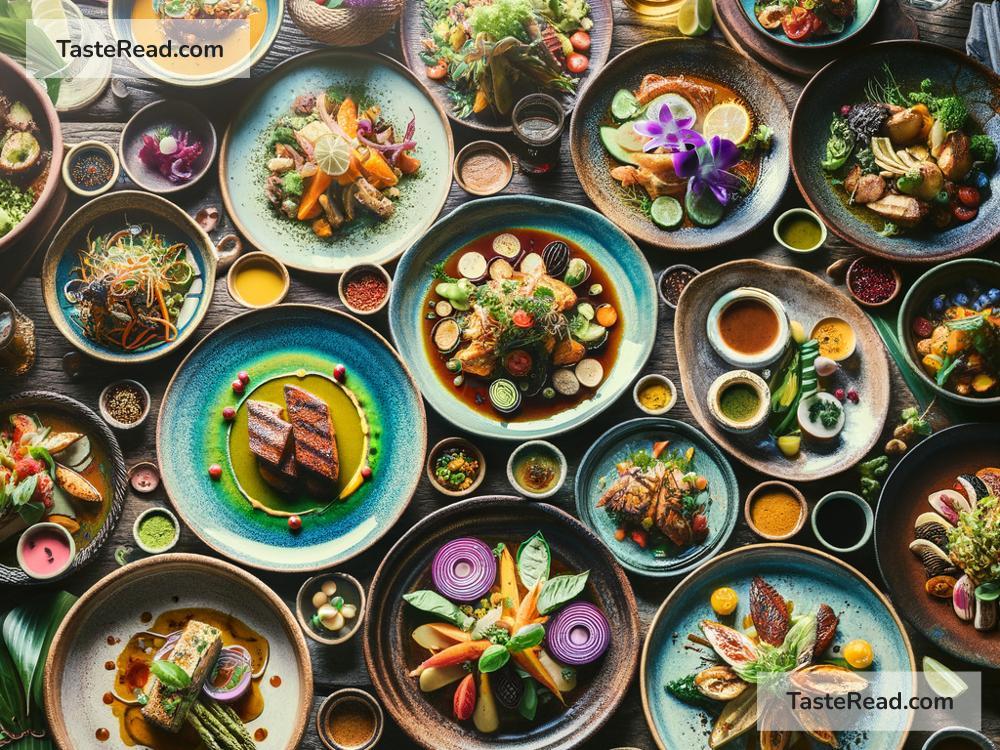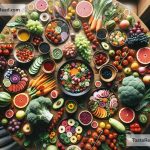Creating Stunning Food Photography for Commercial Brands
In the sea of social media and advertising, food photography has become an art form that can make or break a commercial brand. With the right image, you can almost taste the dish through the screen, and that’s what makes people stop scrolling and pay attention. Whether it’s a juicy burger, a creamy pasta dish, or a vibrant fruit salad, stunning food photography grabs attention, tells a story, and drives sales. Here’s how you can create mouth-watering food photos for commercial brands, broken down into simple, actionable steps.
1. Master the Lighting
Lighting is everything in photography, but even more so in food photography. Natural light works best to bring out the true colors and textures of the food. Aim for diffused daylight; too much direct sunlight can create harsh shadows and highlights that distract from the beauty of the dish. If shooting indoors, position your setup near a window. You can use a white reflector or even a piece of cardboard covered with aluminum foil to bounce light onto the dark side of the dish and fill in the shadows.
2. Style with Purpose
Before you even pick up your camera, take some time to think about the story you want your photo to tell. Styling is how you set the scene. It involves choosing the right plates, utensils, tablecloth, and even the surface you place your dish on. These elements should complement the food, not compete with it for attention. Use fresh ingredients and garnishes to add a pop of color and texture. Remember, the goal is to make your audience crave that dish, so keep it looking natural and edible.
3. Get the Angle Right
Different foods look best from different angles. For example, burgers and stacked sandwiches often look most appetizing from the side, where you can see all the layers. On the other hand, dishes like pizzas and salads may look better from a top-down perspective, showcasing all the components. Experiment with various angles to find what highlights the dish’s best features. Don’t be afraid to get close and fill the frame for those detailed shots that show off texture.
4. Focus on the Details
The devil is in the details, they say, and this couldn’t be truer for food photography. Use a good quality camera and lens that allow you to capture the intricate details of the food. A macro lens, for example, can capture close-up shots that reveal textures and qualities of the food that aren’t visible to the naked eye. Ensure your focus is sharp where it matters most; usually, this means the front part of the dish.
5. Play with Composition
Composition refers to how various elements are arranged in your photo. Even with the simplest dishes, a thoughtful composition can create a visual feast. The rule of thirds is a good starting point; imagine your image is divided into nine equal segments by two vertical and two horizontal lines. Place the main elements of your dish along these lines or their intersections. Play with empty space, sometimes less is more and can make your dish stand out even more.
6. Enhance with Editing
Post-processing is an essential step in food photography. Even the best shots can benefit from some adjustments. Use editing software to correct the exposure, enhance colors, and sharpen the details. But remember, the goal is to make the food look appetizing and true to life, not artificial. Avoid overdoing the saturation or contrast, and always try to keep the food’s natural textures and colors front and center.
7. Know Your Audience
Finally, understanding the brand and its audience is crucial. Each commercial brand has its unique style and demographic. A photo that works for a gourmet restaurant might not suit a fast-food chain. Research the brand, look at their current images, and think about their target audience. Your photography should align with the brand’s identity and speak directly to their audience’s tastes and preferences.
To sum up, creating stunning food photography for commercial brands requires a mix of technical skill, artistic vision, and strategic thinking. By focusing on quality lighting, thoughtful styling, effective angles, and careful editing, you can produce images that not only look delicious but also tell a compelling story. When executed correctly, these images can significantly elevate a brand’s appeal, making the difference in today’s highly visual and competitive market. So, grab your camera, and let’s make some mouth-watering images!


